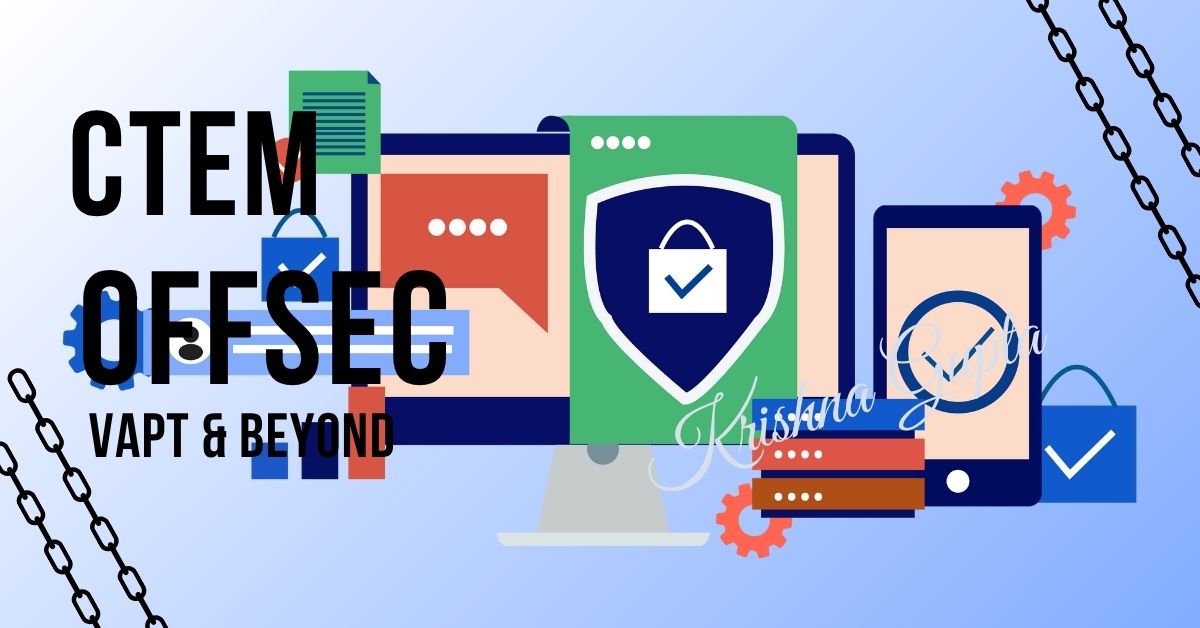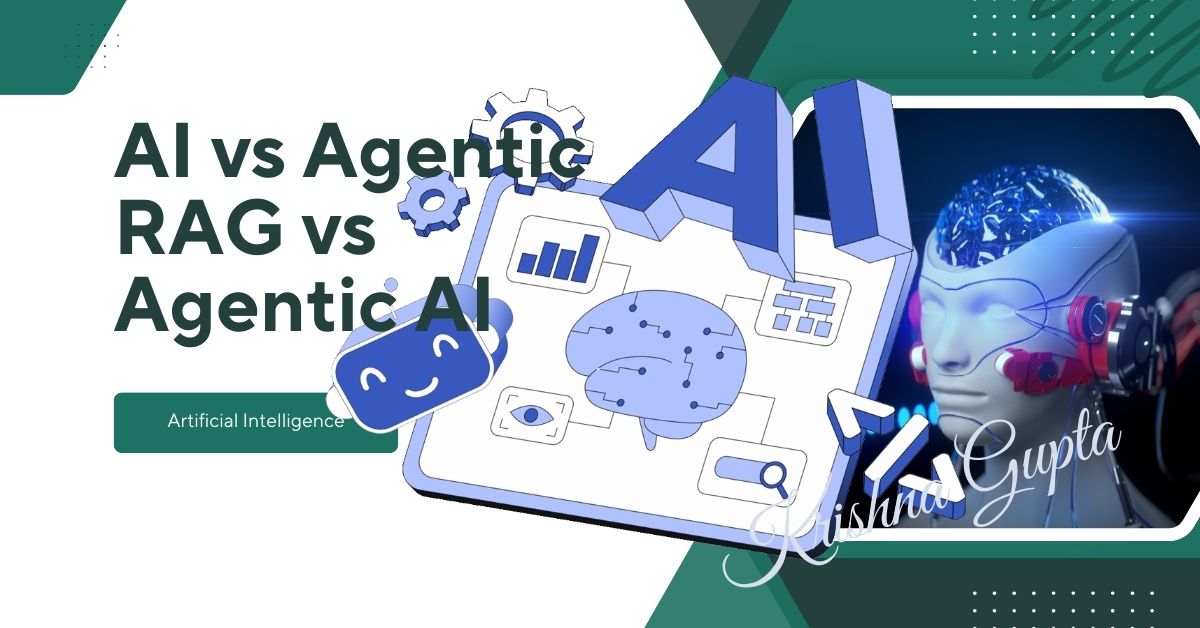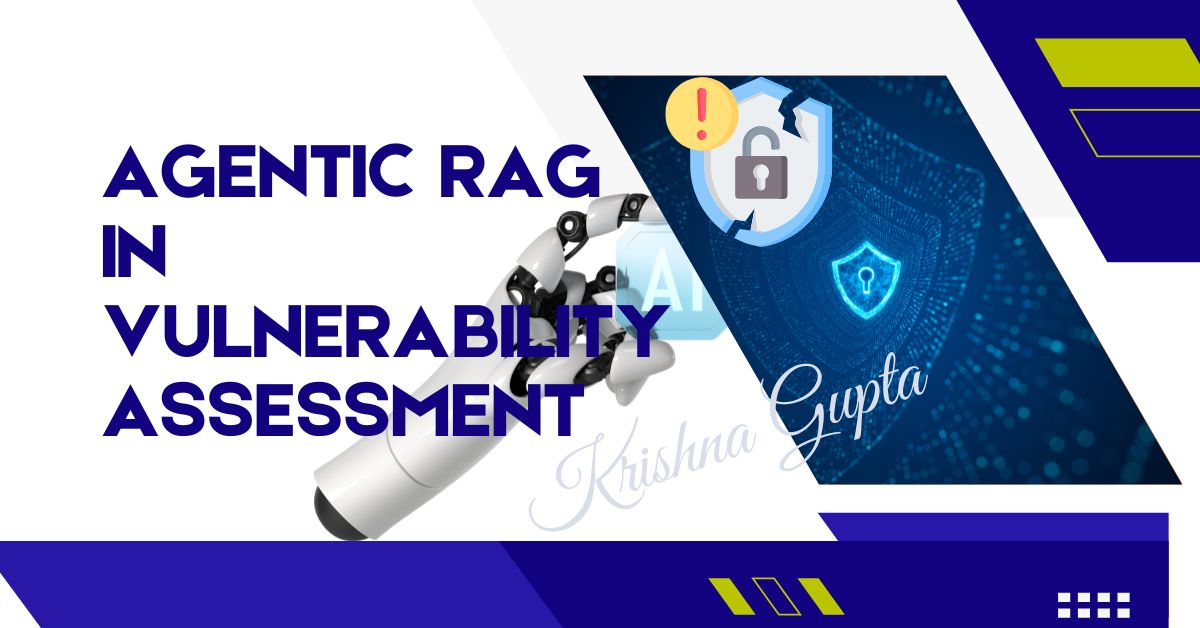Decoding the Vibe Code: Aligning Culture, Strategy, and ROI in the C-Suite
Decoding the Vibe Code: Aligning Culture, Strategy, and ROI in the C-Suite “The vibe you set is the brand you build.” – Anonymous, but possibly your next employee. Executive Summary In today’s competitive and chaotic business ecosystem, where disruption is the only constant, companies are not just judged by their products or profits—but by the …




